Ensuring fairness between admission combinations
In 2025, the Ministry of Education and Training requires training institutions to convert the equivalent admission scores of admission methods and combinations for a training program. This is one of the top concerns of candidates after knowing the 2025 high school graduation exam scores.
According to Mr. Nguyen Ngoc Ha - Deputy Director of the Department of Quality Management (Ministry of Education and Training), the concept of equivalent conversion of admission scores sounds complicated, but in fact it is a step of technical adjustment using testing theory, to ensure fairness between admission combinations as well as between different admission methods.
Assessing learners' abilities through scores, for example, from the raw score of the high school graduation exam, is still one of the popular, highly quantitative methods used in Vietnam and other countries around the world . However, Mr. Nguyen Ngoc Ha believes that using raw scores directly for subjects will not be truly fair if the difficulty of the exam between subjects is very different.
For example, the Deputy Director of the Department of Quality Management hypothesized that subject A is more difficult, with an average score of 5, compared to the average score of subject B of 7. Thus, a student who scores 6 points in subject A (higher than the average score of that subject) should clearly be evaluated higher than a student who scores 6 points in subject B (lower than the average score of that subject). But if we only add up the raw scores, this difference will not be shown, this discrepancy will not be shown.
Therefore, it is necessary to use testing theory in an objective and scientific way to determine how many points of this combination are "equivalent" to how many points of the other combination at the admission standard score threshold.
This year, the Ministry of Education and Training also implemented the conversion of exam scores between different admission methods. For example, between exam scores according to the capacity assessment method and high school graduation exam scores at the admission standard score threshold.

Mr. Nguyen Ngoc Ha discussed that in testing theory, methods to correct raw scores such as: Z-score (Z score), Robust Z-score (RZC score), T-score (T score), percentile score... are often used because they help eliminate (or at least minimize) the difference in difficulty between exam questions of different subjects, by standardizing scores in each subject according to the internal distribution of that subject.
Thanks to that, the scores of candidates in different subjects are brought to the same standard scale, helping to compare more fairly and consistently. However, according to the Deputy Director of the Department of Quality Management, if raw scores are converted into these types of scores for admission purposes, it will be confusing for society because it is not used to it.
Therefore, it should only be used in the intermediate step to ensure fairness. The final result returns the total raw score of each combination at the admission benchmark. For example, in the simplest approximate method, in the case of 2 score ranges with the same distribution, if the average score of subject A is 5, subject B is 7, then the difference in raw score between the two subjects is 2 points.
In that case, a score of 6 in subject A is considered equivalent to a score of 8 in subject B. Of course, the actual application will be more complicated to ensure fairness in all cases of score distribution.
Optimizing candidates' chances of admission
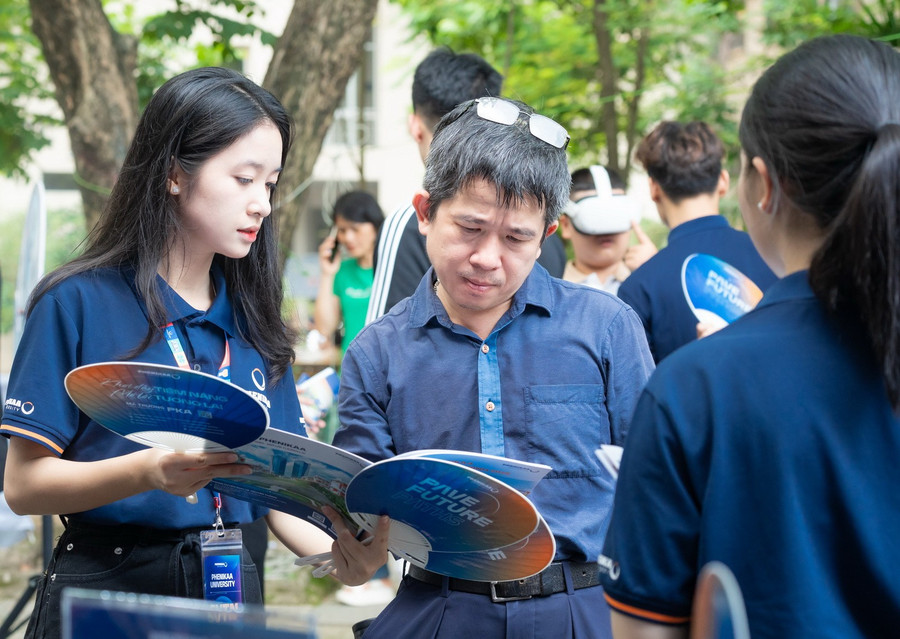
Affirming that candidates do not have to convert their scores themselves, Mr. Nguyen Ngoc Ha noted that they only need to register their admission wishes on the General Admission Support System of the Ministry of Education and Training. The adjustment will be carried out by the Ministry of Education and Training and universities according to specific instructions.
The Ministry of Education and Training issued Circular No. 06/2025/TT-BGDDT dated March 19, 2025, which stipulates the general principles of score conversion and correction. The announcement of the difference between combinations will be an important reference source to help candidates choose the most beneficial combination when applying.
This is especially important for candidates who have only average scores in some subjects but can still optimize their chances of admission by choosing the right combination.
According to Mr. Nguyen Ngoc Ha, the conversion of scores also has great significance in the management and assessment of educational quality. This is the only national-level exam that all students participate in. The exam is organized in one session, one topic nationwide, so it allows for comparison of teaching and learning quality between localities and between subjects.
Mr. Nguyen Ngoc Ha emphasized that for the first time, we can use standardized scores to calculate the average score of all subjects to compare results between provinces and cities across the country. Using standardized scores such as T-score also allows us to compare the level of progress between years, or the difference between subjects in a locality.
Converting or adjusting scores does not complicate the exam, but is an inevitable step to ensure fairness in admissions and education management. With a flexible approach and standardization techniques suitable to practical conditions, the Ministry of Education and Training still maintains the transparency of scores, but reflects more accurately the candidates' abilities from the exam results.
This not only creates favorable conditions for universities to recruit suitable candidates, but also helps students feel secure in choosing their favorite subjects, in line with their strengths, abilities, and career orientation when entering grade 10, without worrying about difficult graduation exams or easily affecting their future admission opportunities.
“When the principle of fair assessment is guaranteed, teachers can feel secure in teaching, students can study for real, take real exams; thereby contributing to improving the quality of education throughout the system - in line with the spirit of current educational innovation” - Mr. Nguyen Ngoc Ha emphasized.
Source: https://giaoducthoidai.vn/thi-sinh-khong-phai-tu-quy-doi-diem-tuong-duong-trung-tuyen-post740719.html



![[Photo] 60th Anniversary of the Founding of the Vietnam Association of Photographic Artists](/_next/image?url=https%3A%2F%2Fvphoto.vietnam.vn%2Fthumb%2F1200x675%2Fvietnam%2Fresource%2FIMAGE%2F2025%2F12%2F05%2F1764935864512_a1-bnd-0841-9740-jpg.webp&w=3840&q=75)


![[Photo] National Assembly Chairman Tran Thanh Man attends the VinFuture 2025 Award Ceremony](/_next/image?url=https%3A%2F%2Fvphoto.vietnam.vn%2Fthumb%2F1200x675%2Fvietnam%2Fresource%2FIMAGE%2F2025%2F12%2F05%2F1764951162416_2628509768338816493-6995-jpg.webp&w=3840&q=75)





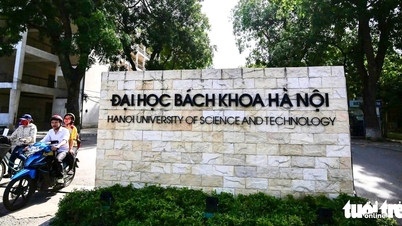





















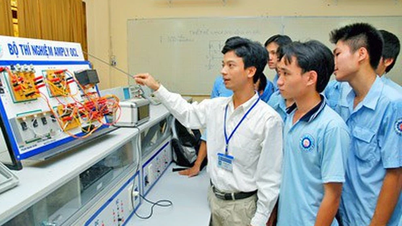
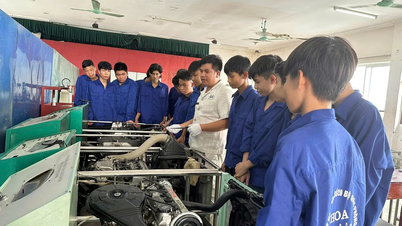
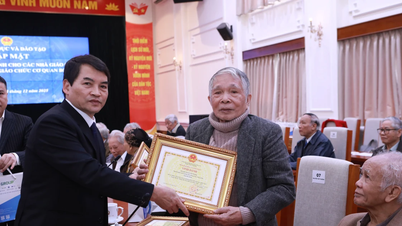














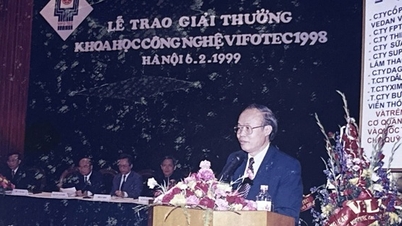






















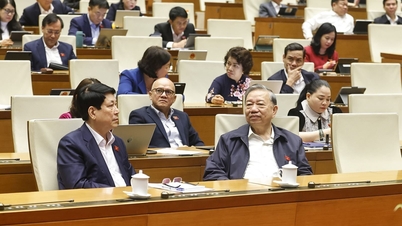
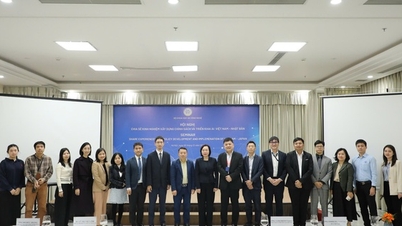


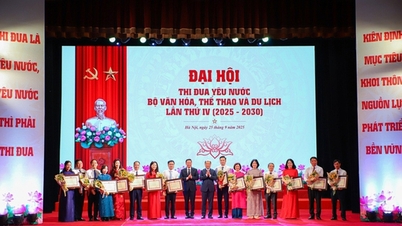





























Comment (0)